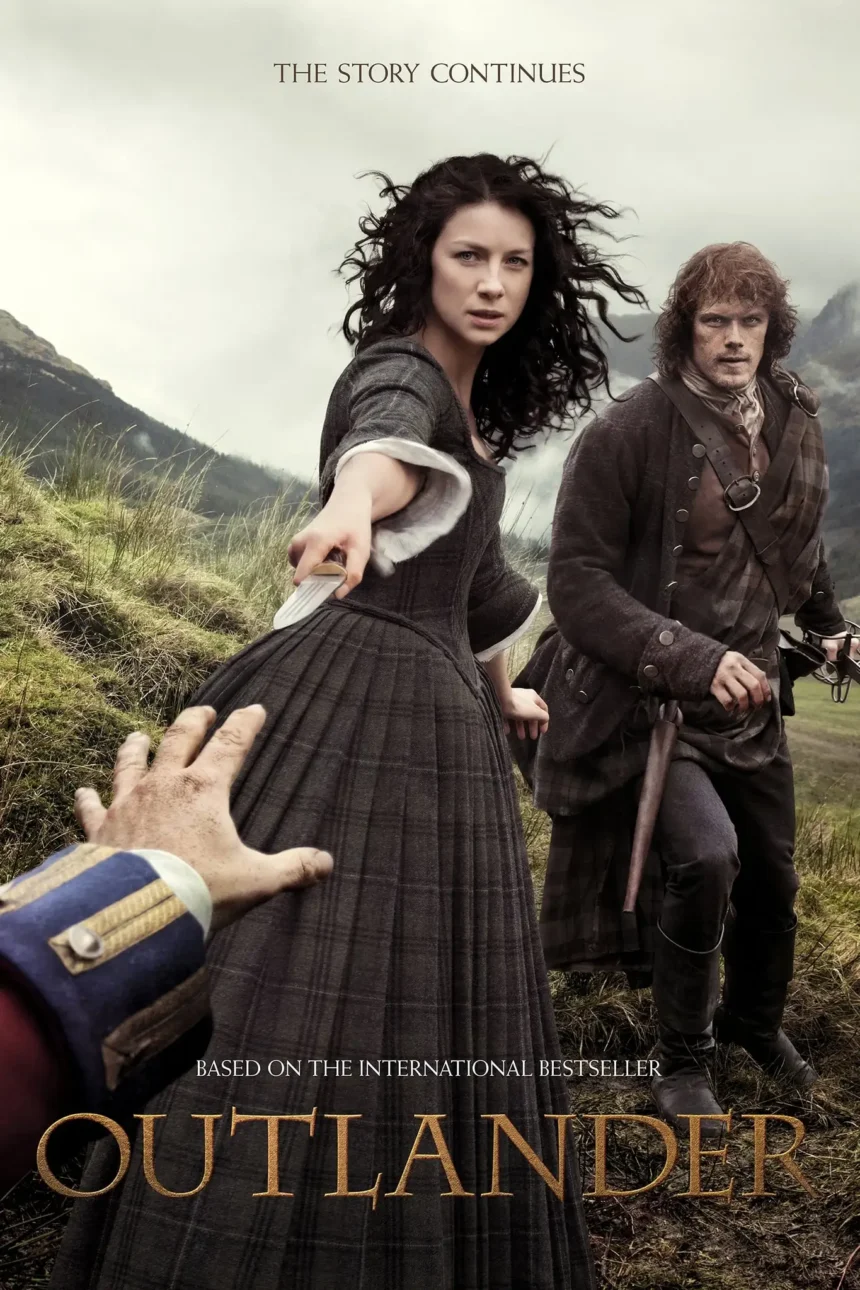Introduction to outlander timeline
The world of Outlander is a captivating blend of history, romance, and adventure that sweeps fans off their feet. But with so many timelines intertwining across centuries, it can be easy to feel lost in the twists and turns of Claire Beauchamp’s extraordinary journey. Whether you’re a die-hard fan or just starting your exploration into this fascinating universe, understanding the Outlander timeline is essential for fully grasping its rich narrative. So grab your tartan blanket and settle in; we’re about to embark on an incredible journey through time that will shed light on the events that shape this beloved saga!
Exploring the Outlander Timeline: A Guide to the Past
The Outlander timeline is a rich tapestry woven with history, romance, and adventure. It spans centuries, taking readers from the 20th century to the turbulent times of 18th-century Scotland.
Each time period introduces unique characters and events that shape the narrative. Claire Randall’s journey through time is not just about personal growth; it reflects broader historical themes such as love, loyalty, and conflict.
As you explore this timeline, you’ll discover key moments like the Jacobite risings. These events provide context for character motivations and serve as a backdrop for their struggles.
Understanding this intricate timeline enhances your reading experience. It allows you to appreciate how past actions influence future outcomes in both Claire’s life and those around her.
Dive deeper into each era to fully grasp its complexity. The connections between timelines create a compelling story that resonates on many levels.
How to Make Sense of the Outlander Timeline
Understanding the Outlander timeline can feel like deciphering a complex puzzle. With time travel, historical events, and various character arcs, it’s easy to get lost.
Start by familiarizing yourself with key dates. The 18th century is crucial, especially the Jacobite risings. They shape much of Jamie and Claire’s story.
Create a timeline chart or use digital tools to map out significant events. This visual aid helps connect characters across different eras.
Pay attention to character ages and relationships as they shift through time. Knowing how long they’ve been apart or together adds depth to their journeys.
Don’t hesitate to revisit episodes or chapters for clarity on specific moments. Each re-read often reveals new layers that enhance understanding of the overall narrative structure.
Engage with fan communities online; sharing insights can spark new ideas and interpretations about timelines you might not have considered before.
When Was the Outlander Timeline Established
The Outlander timeline is a fascinating blend of history and fiction. It primarily begins in 1945 when Claire Beauchamp, a World War II nurse, inadvertently travels back to the year 1743.
This pivotal moment sets off a chain of events that intertwines her life with historical figures like Jamie Fraser. The narrative unfolds across multiple timelines, showcasing significant historical events alongside personal tales of love and struggle.
As Claire navigates through time, readers witness the clash between modern values and ancient traditions. Each leap into the past enriches her understanding of both herself and the tumultuous world around her.
The rich tapestry woven through these eras enhances the depth of character development. Fans often find themselves captivated by how each timeline influences not only individual stories but also broader historical contexts within Scotland’s turbulent past.
Where Does the Outlander Timeline Take Place
The Outlander timeline transports readers and viewers across various breathtaking landscapes. It starts in the 20th century, primarily set in post-World War II Britain. Claire Randall’s journey begins on the Scottish Highlands during her vacation with Frank.
As she travels back to the 18th century, Scotland becomes a pivotal backdrop. The rugged hills, ancient castles, and charming villages create an immersive experience that captures the essence of this era.
Key locations include Edinburgh, where political intrigue unfolds amid cobblestone streets. Then there’s Leoch Castle, home to Clan MacKenzie’s intriguing dynamics.
Each setting plays a crucial role in shaping characters’ narratives and relationships. From battlefields to quiet glens, every place is steeped in rich history and emotion. The vivid descriptions make you feel as if you’re walking alongside Jamie and Claire through time itself.
Why Is the Outlander Timeline Important
The Outlander timeline is crucial for understanding the intricate layers of its narrative. Time travel plays a pivotal role, intertwining historical events with personal stories.
Each era brings distinct cultural contexts, shaping character motivations and relationships. This depth enriches the viewer’s experience, making history feel alive.
Moreover, the timeline offers fans a chance to explore real historical figures and moments alongside fictional characters. It prompts curiosity about Scotland’s past and invites deeper research into its rich heritage.
Navigating this timeline enhances appreciation for both Jamie Fraser’s adventures and Claire Beauchamp’s journey through time. The shifting timelines create intrigue that keeps audiences captivated throughout each season.
Understanding when events occur allows viewers to engage more meaningfully with themes of love, loyalty, and resilience that resonate across ages.
FAQ
The Outlander timeline raises many questions among fans. One common query is about the historical accuracy of events depicted in the series. While some details are fictionalized, many characters and occurrences are rooted in real history.
Another frequent question revolves around time travel mechanics. How does Claire leap through centuries? The series offers intriguing explanations, though not all mysteries are solved!
Fans also wonder about character fates across timelines. With so much shifting back and forth, it can be challenging to keep track of who ends up where.
Additionally, viewers often ask which book corresponds with each season or episode. This helps them understand the progression of the story within its historical context.
There’s curiosity about future adaptations and how they will handle additional timelines or characters introduced later in Diana Gabaldon’s novels. Each new development adds layers to an already complex narrative tapestry!
Conclusion
The Outlander timeline is a fascinating tapestry woven with historical events, rich character developments, and intricate plot lines. It serves as the backbone of Diana Gabaldon’s beloved series, guiding readers through time and space from 18th-century Scotland to various pivotal moments in history.
Understanding this timeline enhances the reading experience. It allows fans to grasp the significance of each event and how it shapes the characters’ journeys. The duality of Claire’s life—caught between two different centuries—adds depth and complexity that resonates with audiences.
As you explore the captivating world of Outlander, keep an eye on when and where these events unfold. Each era contributes uniquely to character arcs while highlighting universal themes such as love, loyalty, and resilience against adversity.
Whether you’re new to the series or a long-time fan revisiting familiar ground, diving into the intricacies of the Outlander timeline enriches your appreciation for both its narrative structure and historical context. Embrace this journey through time; every moment offers something intriguing waiting to be discovered.




